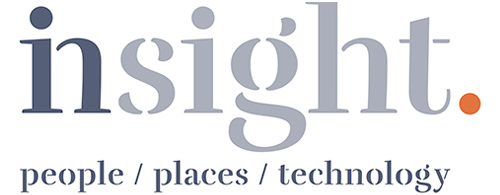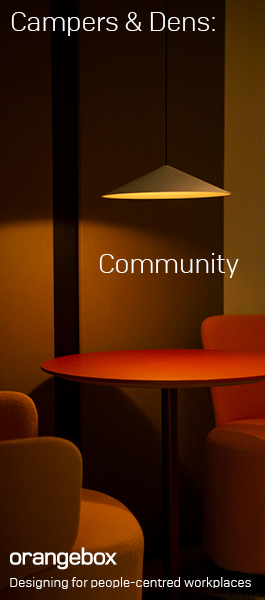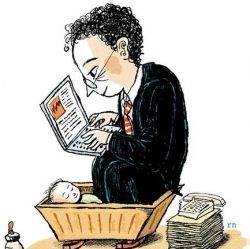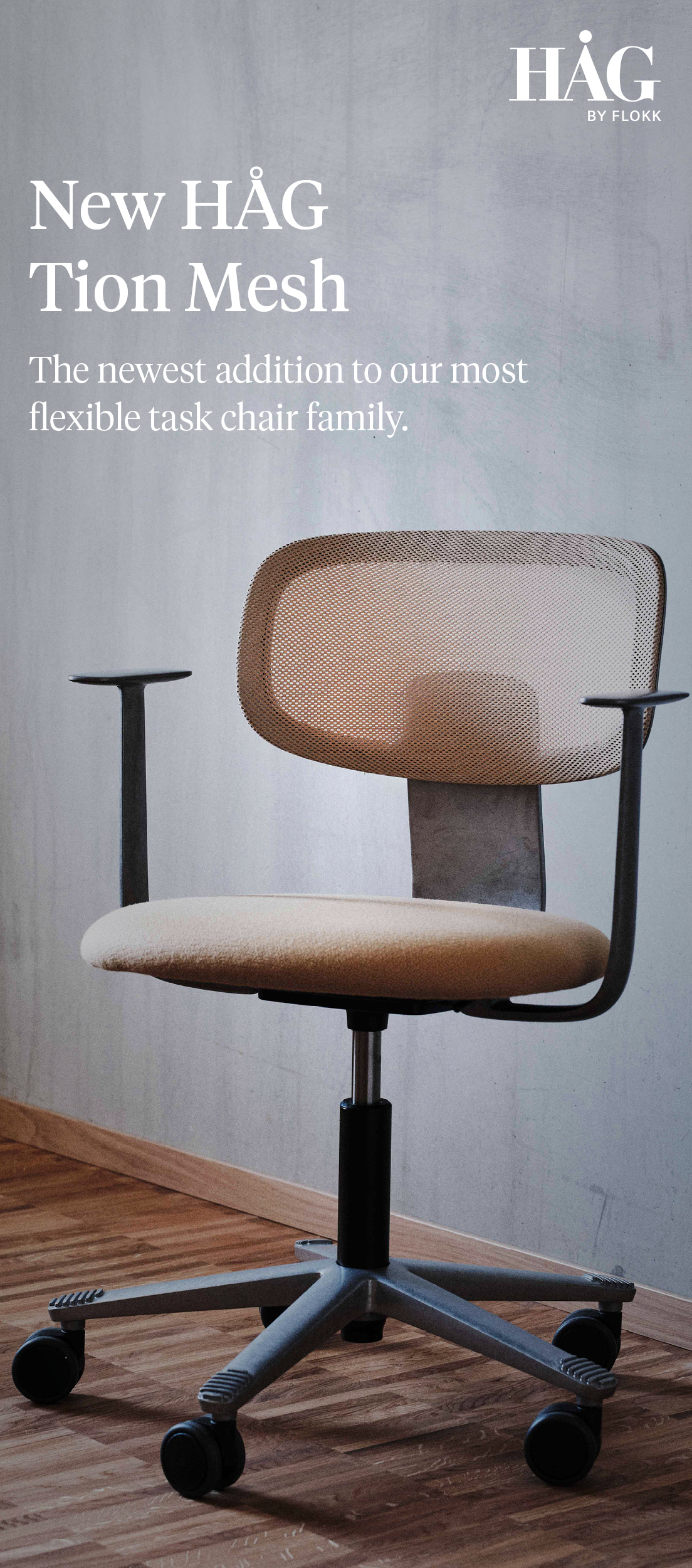March 30, 2018
Agile working driving structural change in New Zealand commercial property
 Technological developments and agile working methodologies are driving significant, structural changes in the requirements for commercial property in New Zealand, according to new research from CBRE. One of these structural shifts is the rise in agile working, which has profound implications for the way office space is used. Unassigned seating is just one aspect of a truly agile business. Activity based working, third party space, coworking and flexibility around the way office space is used and leased are other real estate parts of a wider transformation into an agile organisation.
Technological developments and agile working methodologies are driving significant, structural changes in the requirements for commercial property in New Zealand, according to new research from CBRE. One of these structural shifts is the rise in agile working, which has profound implications for the way office space is used. Unassigned seating is just one aspect of a truly agile business. Activity based working, third party space, coworking and flexibility around the way office space is used and leased are other real estate parts of a wider transformation into an agile organisation.



















 The challenge to achieve gender equality at work isn’t made any easier by the attitudes of some employers. Although men increasingly want to be more present at home, currently fathers are
The challenge to achieve gender equality at work isn’t made any easier by the attitudes of some employers. Although men increasingly want to be more present at home, currently fathers are 
 Work is no longer a place but a set of activities which lead to a set of outcomes that could be delivered anywhere. Or as John Blackwell, Quora Consulting’s Managing Director succinctly described it at the first of the 2018 Quora Smartworking Summit’s held last week, organisations need to create a ‘smart everywhere’ environment. New digital platforms make far it easier for people to work in exactly the way they want. Research by Quora has revealed that there are 5 million people currently working in the UK gig economy or around 15.6 percent of the total workforce. More people are working post retirement age and want to work in a way that they can control, while there are increasing numbers who simply want more autonomy in their lives in the way that self-employment can offer.
Work is no longer a place but a set of activities which lead to a set of outcomes that could be delivered anywhere. Or as John Blackwell, Quora Consulting’s Managing Director succinctly described it at the first of the 2018 Quora Smartworking Summit’s held last week, organisations need to create a ‘smart everywhere’ environment. New digital platforms make far it easier for people to work in exactly the way they want. Research by Quora has revealed that there are 5 million people currently working in the UK gig economy or around 15.6 percent of the total workforce. More people are working post retirement age and want to work in a way that they can control, while there are increasing numbers who simply want more autonomy in their lives in the way that self-employment can offer. 













